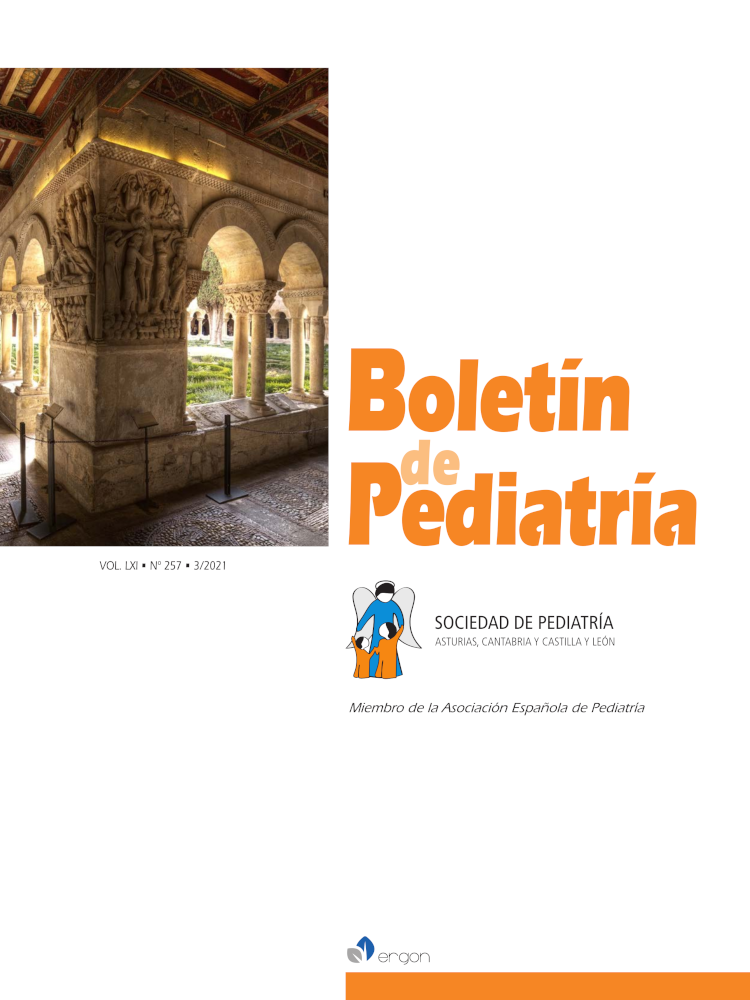Abstract
Introduction. Sickle cell disease is an autosomal recessive hereditary disease that constitutes one of the most frequent genetic alterations in the Northeast of Europe. The second ary complications in the homozygous patients are frequent during the first three years of life, and due to it, this condition has been included within the diseases targeted for neonatal screening of Castilla y Leon (CyL) since 12 July 2017. With that in mind, it is aimed to detect those patients who would benefit from and early diagnosis and treatment. Objectives. To calculate the incidence of hemoglobin diseases S, C, D, E or other abnormal hemoglobin chain, in all live newborn in CyL from the onset of the screening program until 12 October 2018 (15 months), determining gender, place of origin of the father and mother, hospital where born and phenotype found in the different patients. Material and methods. A retrospective and descriptive study of the patients with neonatal screening for pathological hemoglobin disease in the Regional Community of Castilla y León, from 17 July 2017 to 12 October 2018. The blood sample was obtained from the heel test conducted in the maternity wards systematically, beginning at 48 hours of life of the child. It was analyzed during rapid resolution liquid chromatography (Bio-Rad VARIANTnbs System) in the Reference laboratory of Valladolid, detecting the S, C, D, E or phenotypes or those associated to any other non-typified abnormal hemoglobin chain. Results. A total of 18,998 newborns were enrolled in the study during this period, with a total of 18,975 samples analyzed (99.8%). A total of 94 positive samples were detected, with 1 result coinciding with FS phenotype (1/18,975), 61 for FAS phenotype (1/311), 14 FAC (1/1,355), 2 FAD (1/9,487), 1 FC (1/18,975), 11 FAX (1/1,725), and 4 FAXX (1/4,743). No screening was conducted in 23 newborns out of all the children, due to death in the first hours or transfer prior to 48 hours of life. In most of the cases, at least on of the parents were or foreign origin. Conclusions. The early diagnosis of drepanocytosis makes it possible to decrease the morbidity-mortality of the patients, so that it is important for this to be included in the neonatal screening program. At present, adequate follow-up of the patients is being performed.

This work is licensed under a Creative Commons Attribution-NonCommercial 4.0 International License.
Copyright (c) 2021 Boletín de Pediatría
